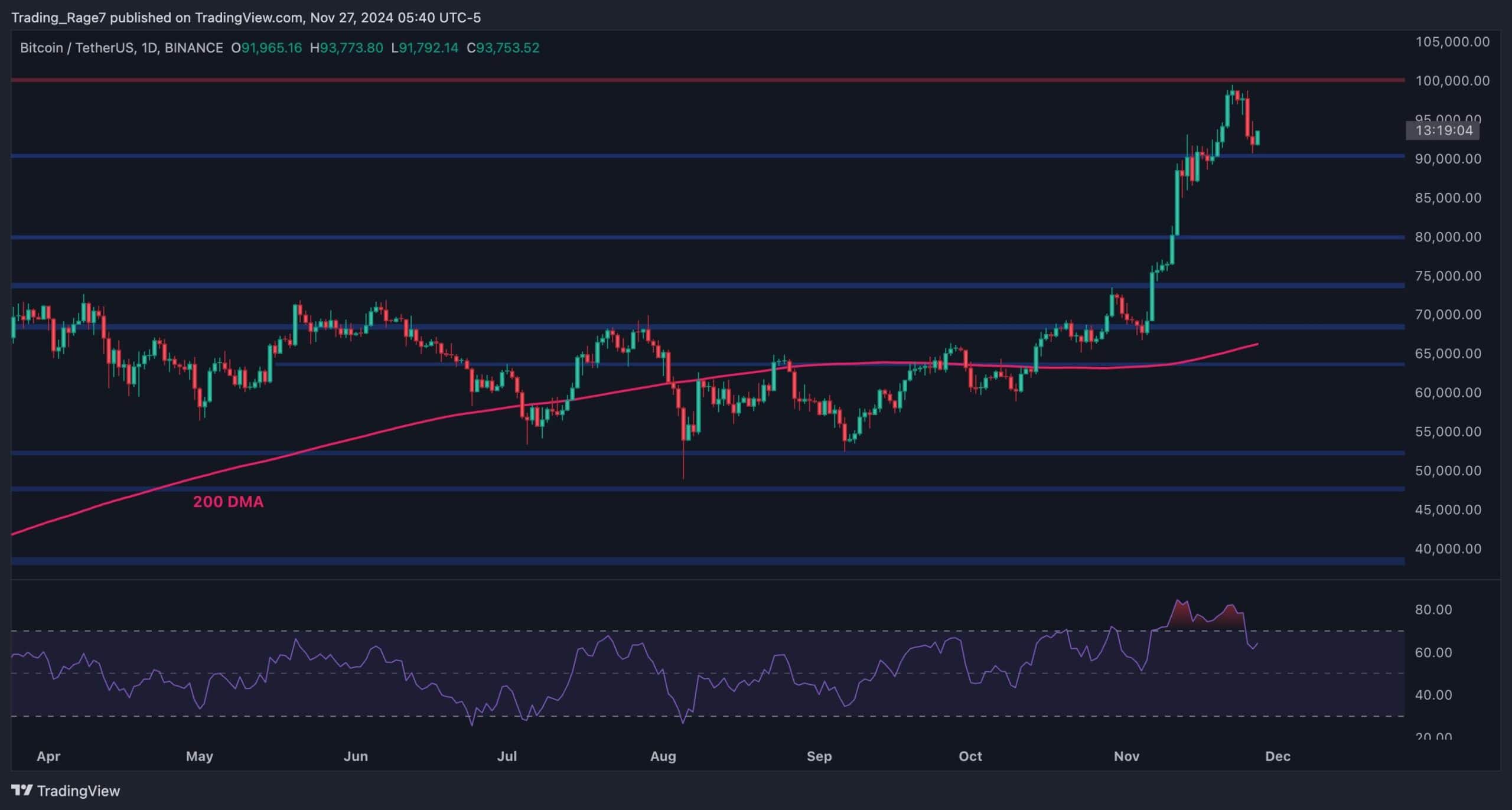ARTICLE AD BOX

Disclaimer: The opinions expressed by our writers are their own and do not represent the views of U.Today. The financial and market information provided on U.Today is intended for informational purposes only. U.Today is not liable for any financial losses incurred while trading cryptocurrencies. Conduct your own research by contacting financial experts before making any investment decisions. We believe that all content is accurate as of the date of publication, but certain offers mentioned may no longer be available.
The 50-day moving average (50 MA) crossing above the 200 MA is known as a golden cross in trading, and it frequently causes traders to become slightly more excited than they should probably be. Golden crosses are typically used to indicate bullish momentum and a possible rally. However, there is somewhat of a disagreement now regarding the indicator's significance, particularly given how erratic the cryptocurrency market is.
Golden crosses have not always resulted in long-term bullish trends for Bitcoin in the past. The fact that a golden cross is a lagging indicator must be understood even though it does occasionally coincide with rising price movements. It does not forecast future market movements; instead, it reflects what has already occurred. By essentially confirming previous price increases, the golden cross indicates that the bullish momentum has already started by the time the cross forms.
When examining past golden crosses on the Bitcoin chart we observe a range of outcomes. For instance, there were times when notable rallies followed golden crosses. In other cases, however, the impact was less pronounced, and the price of Bitcoin either remained unchanged or even reversed soon after. It is dangerous to base future price predictions only on the golden cross because of the unpredictability of Bitcoin and its sensitivity to outside influences.
Another important consideration is that the golden cross may draw speculative purchases from novice traders who are unaware of its drawbacks. These responses do not always portend a long-term trend change, but they can cause short-term volatility. Instead of depending only on this cross for guidance, traders and investors should take into account additional factors, such as macroeconomic conditions, market sentiment and on-chain data.
 (1).png) 4 weeks ago
31159
4 weeks ago
31159











 English (US) ·
English (US) ·